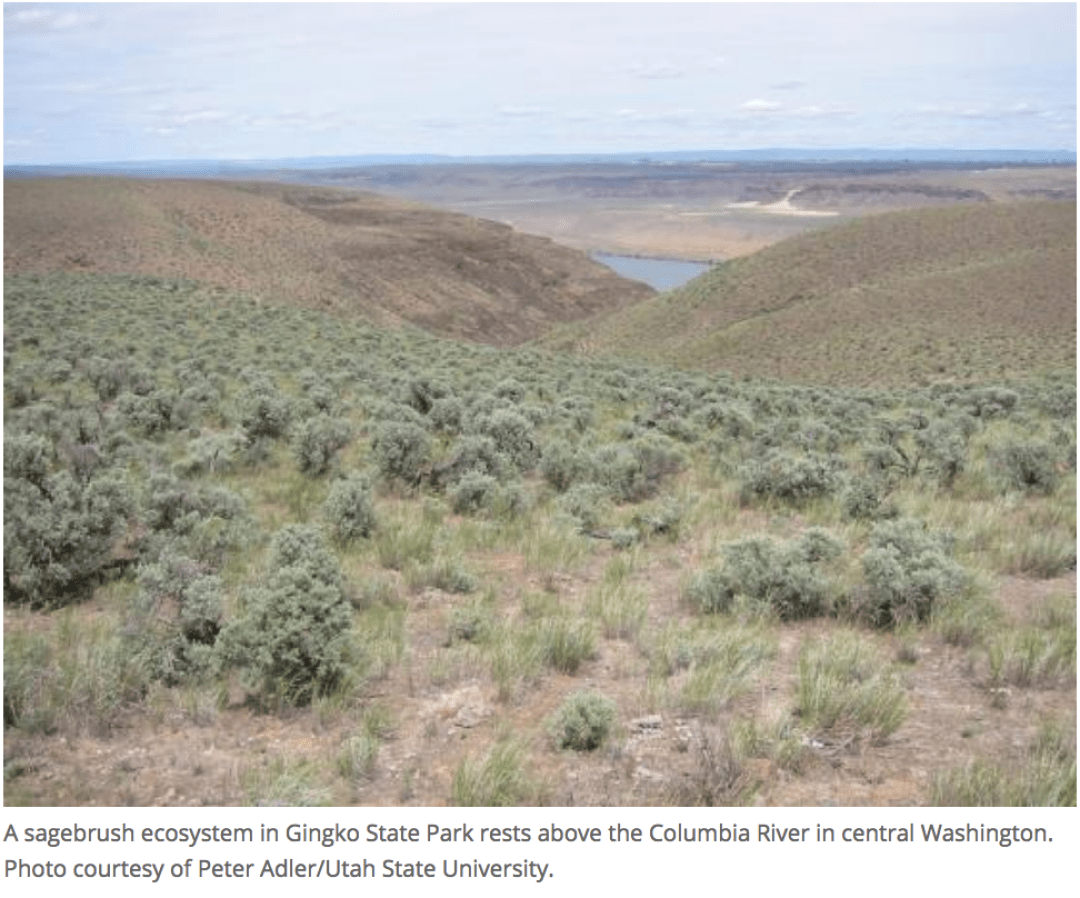MSU offers fact sheet and film on sagebrush and climate change research
Scientists at Montana State University and their partners have developed a fact sheet and short film that describe the results of a research study on the potential impacts of climate change on sagebrush ecosystems.
The research team, comprising scientists and students from MSU, Colorado State University, the University of Massachusetts-Amherst and Utah State University, used field observations with ecological models to look at what may happen to Artemisia tridentate – or big sagebrush – under various scenarios of climate change.
According to researchers, sagebrush currently covers 120 million acres across 14 Western states and three Canadian provinces, providing habitat for hundreds of different species of plants and animals. Wildlife such as greater and Gunnison sage grouse, pygmy rabbits, mule deer and pronghorn depend heavily on sagebrush habitats.
Sagebrush ecosystems are often multi-use: livestock grazing, oil and gas development, and mineral extraction occur along with opportunities for recreation such as hiking, fishing and other activities that support local economies.
The fact sheet is available to download for free at ato.montana.edu/sagebrush. A film shared on the same website also describes the research findings. The roughly 7-minute film was produced by students and faculty of MSU’s School of Film and Photography.
Organizations that would like to have multiple printed copies of the fact sheet for distribution can email requests to MSU Academic Technology and Outreach at outreach@montana.edu.
The research was funded by the U.S. Geological Survey with additional support from the Great Basin Landscape Conservation Cooperative and the Department of the Interior North Central Climate Science Center.